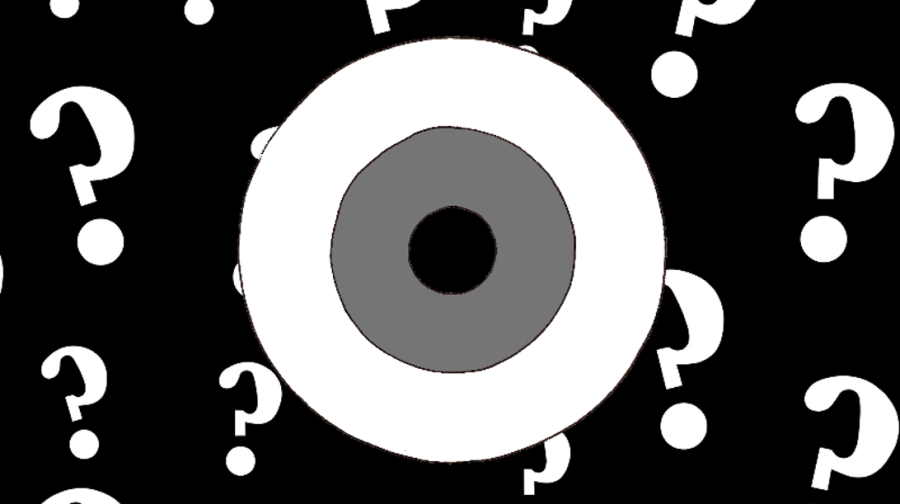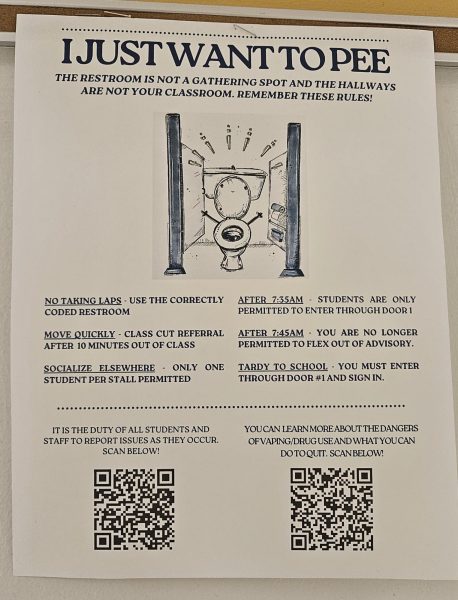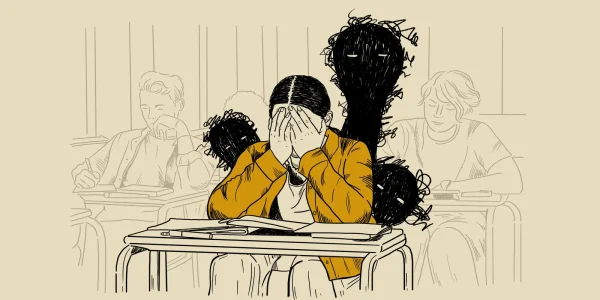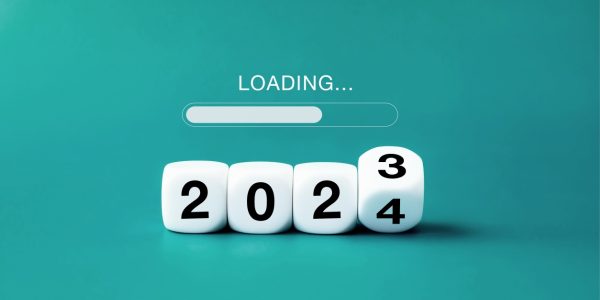What to Control, and What Not to Control
Envision a circle, within a circle, within another circle. That smallest, central circle, is the Circle of Control. The middle circle is the Circle of Influence, and the outermost circle is the Circle of Concern.
To deconstruct this concept to its creation, Stephen Covey first introduced the Circles in his book, The 7 Habits of Highly Effective People. He intended for people to be proactive in focusing, or refocusing, their time and energy on things that are realistically in their control.
Understand that there are many things that can be controlled, to exert the energy, the time, the dedication, the thoughts, and the emotions to, and likewise, matters that do not. Wherein one places their priorities and situations to which circle, determines the precedence of it.
The central circle generally comprises of one’s own affairs. These include of matters that one has full, or most control over. Their words, actions, reactions, behavior, emotions, choices, mindset, and such.
The middle circle includes of situations where one has some control over, hence it being the “Circle of Influence”. These pertain to, other people’s thoughts, emotions, behavior, and overall affairs, where one may work, their reputation, their commitments, people’s perspective of them, and anything else of the sort.
Finally, the Circle of Concern. The outermost segment encompasses circumstances in which one has no control over, only a regard, or concern of. To exemplify, these would be traffic, prices, the weather, and most other social, economic, or natural concerns.
Again, to understand the purpose of the Circles makes it so that one might be able to apply it to their lives, to understand and execute the concept that not everything is in their control, and how some matters tend to be prioritized, or tended to, or should be, foremost whatever else.










